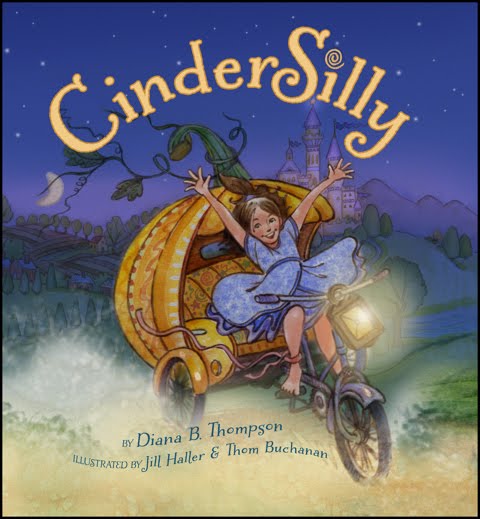Saving Cinderella from the Ball
by, Diana B. Thomspon
The fairytale ball is a place where girls are chosen or rejected. Opportunities for marriage can make the difference in social status and lifestyle.
Today, extravagant balls have been replaced by nightclubs and college parties. They are still a place where partners are chosen for a single dance or a lifetime. Girls who grow up with princess stories may feel an unrealistic need to be the belle of the ball. To be the chosen one. And so, they may buy into the ‘dance’ of expectations to be beautiful, to wear the latest fashions, to fit in while standing out in a crowd.
CinderSilly helps to paint a new picture of the dance and a girl’s role in it. CinderSilly is a child, not a young woman hoping to be a bride. But, she still wants to join the fun. After trying on glass slippers, she wears her own favorite shoes instead. She gets herself to the ball on a bicycle. Her dress is simple but pretty. She is offered glass slippers, but chooses to wear h her own momentum.
At the dance, all the girls are wearing glass slippers except CinderSilly. At the end of the evening, we see glass slippers scattered about the floor. (After all, dancing in glass slippers is a painful a chore). CinderSilly brings a wholesome sense of play to a stuffy room, and leaves when she is ready. In the end, she joins the prince in a ball. But in this case, it's a dance of their own making; A lively game of soccer.




